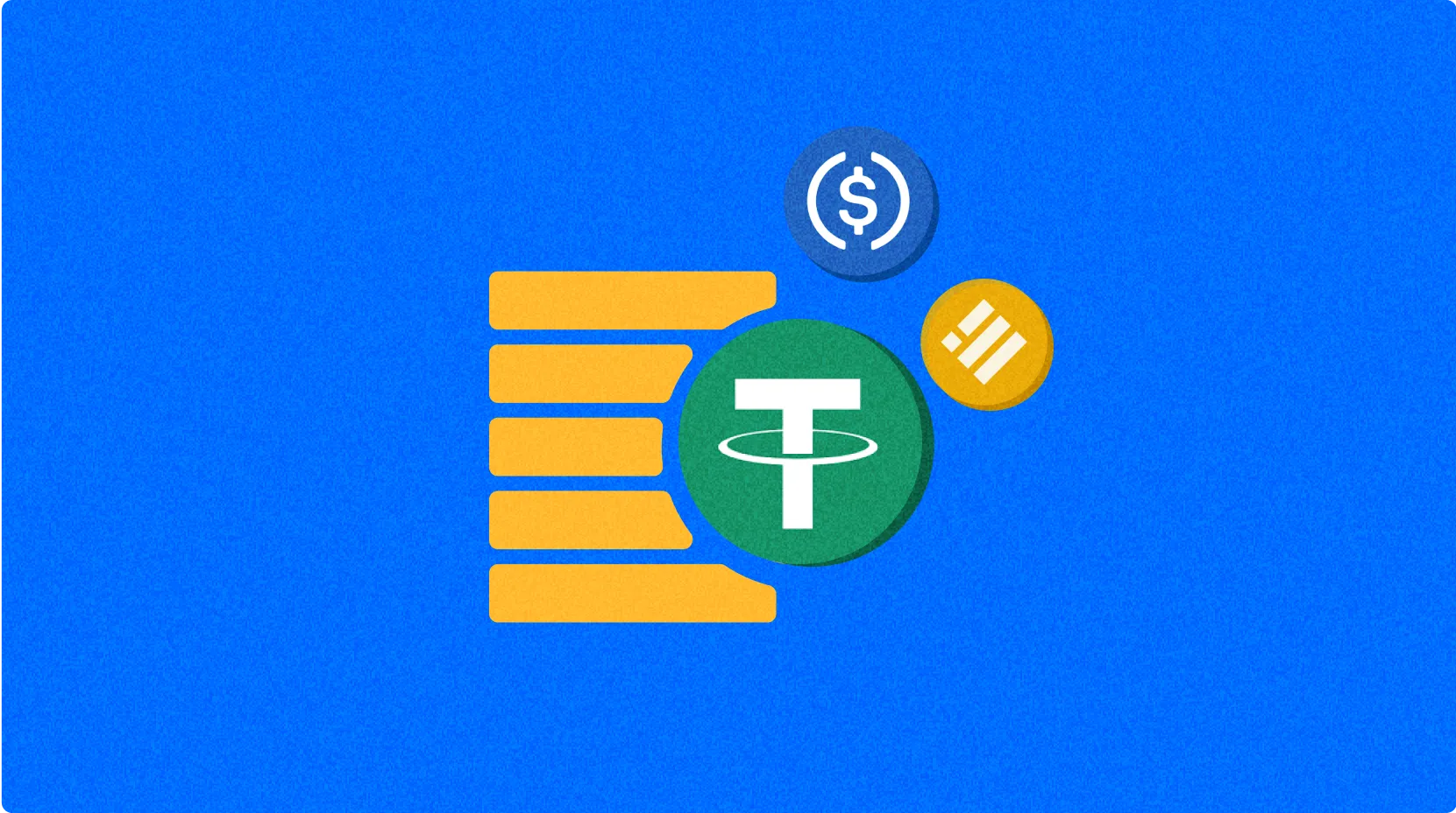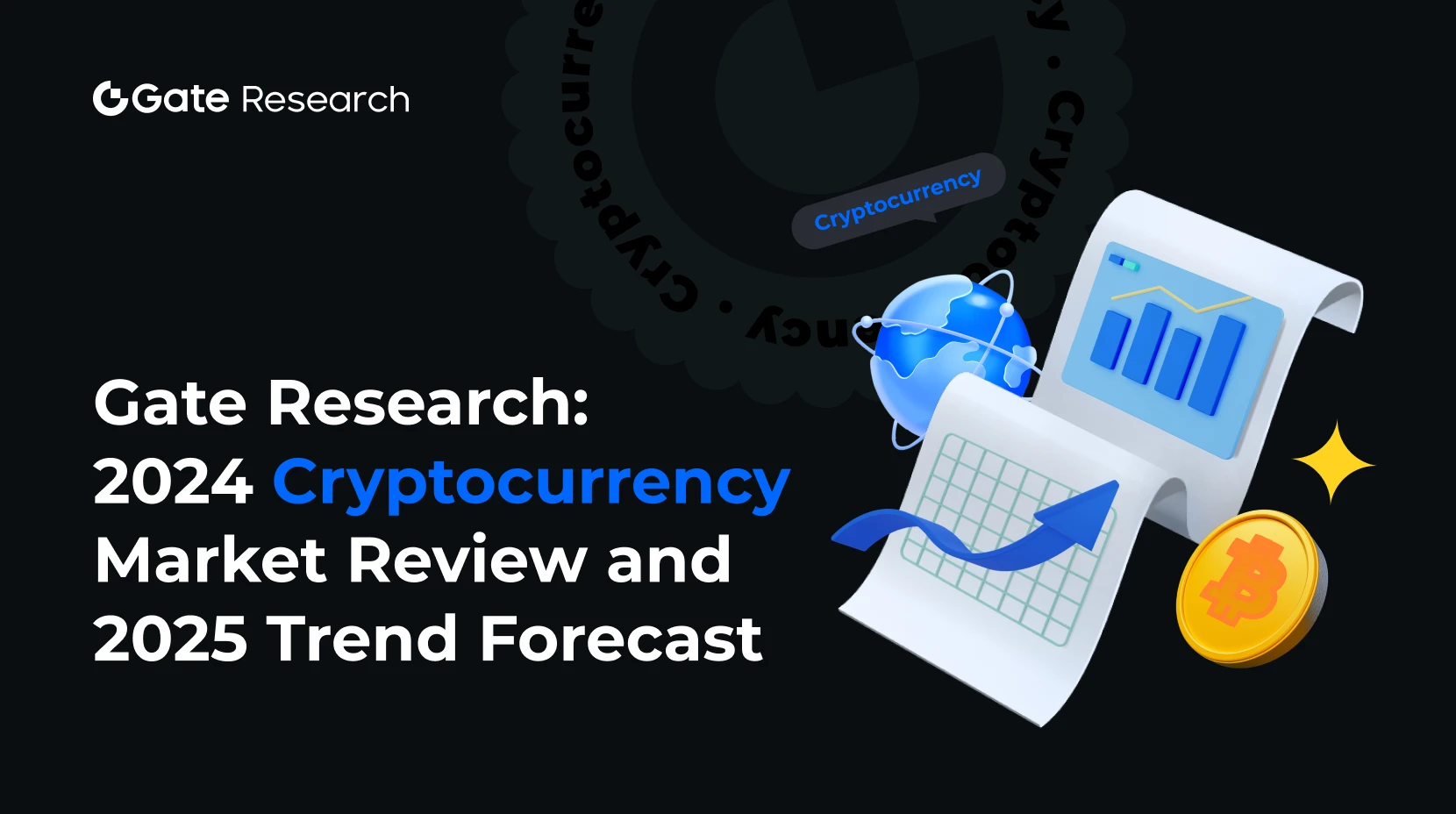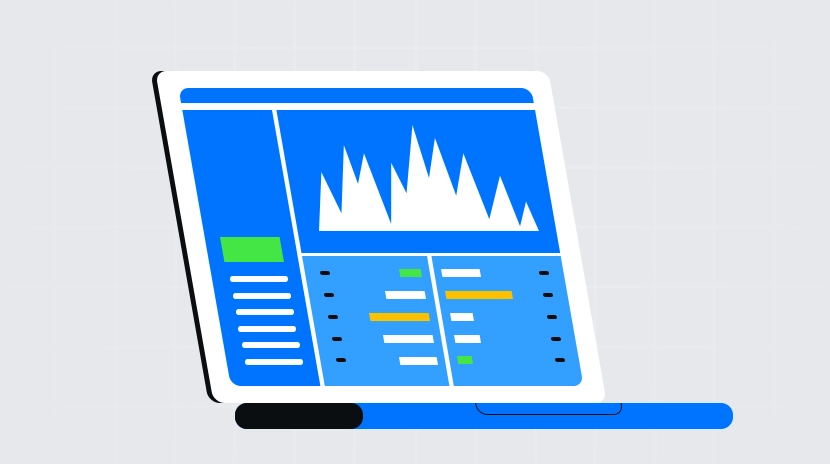Fiat

Fiat money is a traditional form of currency issued and managed by central governments or central banks, deriving its value not from physical commodities like gold or silver, but from government credit and legal enforcement. These currencies dominate the global economic system and include national legal tenders such as the US Dollar, Euro, and Chinese Yuan. The core characteristic of fiat money is its status as legal tender, meaning that all economic entities within the issuing country or region must accept it as a means of payment, with potential legal consequences for refusal. The fiat system grants governments control over money supply, enabling them to implement monetary policies to regulate economic conditions.
Fiat currency exerts profound and complex influences on markets. As a symbol of economic sovereignty, fiat money directly affects a nation's economic trajectory through central bank monetary policy tools like interest rate adjustments and open market operations. Exchange rate fluctuations of fiat currencies significantly impact international trade and cross-border capital flows. Against the backdrop of cryptocurrency emergence, fiat money continues to serve as the cornerstone of traditional financial systems, forming both competitive and symbiotic relationships with digital assets. Currently, most cryptocurrency trading platforms still rely on fiat currencies as entry and exit channels, creating crucial connections between these two financial worlds.
The main challenges facing fiat systems include inflation risks, potential currency devaluation due to excessive money printing, and systemic risks from centralized management. Multiple countries throughout history have experienced hyperinflation, leading to rapid devaluation of fiat currencies and evaporation of citizen wealth. Additionally, as globalization deepens, monetary policies of individual countries may create spillover effects on other economies, triggering international financial instability. In the digital era, fiat systems also face challenges from digital payments and cryptocurrencies, as traditional banking systems and physical cash usage are being reshaped by emerging payment technologies.
Looking forward, fiat currencies are undergoing digital transformation, with over 80% of central banks researching or piloting Central Bank Digital Currencies (CBDCs). These digital fiats will retain the core attributes of traditional fiat money while improving payment efficiency and reducing intermediaries. We may witness a more complex coexistence between fiat and private digital currencies, as central banks explore how to maintain monetary sovereignty while adapting to digital economy demands. Despite challenges from cryptocurrencies, fiat money will likely remain the foundation of the global financial system for the foreseeable future, though its form and operating mechanisms will continue to evolve with technological advancement.
As a symbol of economic sovereignty and a tool for macroeconomic regulation, fiat currency will continue to play a central role in the global financial system for the foreseeable future. Simultaneously, digital transformation and emerging financial technologies are driving innovation in fiat systems, making them more adaptable to contemporary economic needs. Understanding the nature, functions, and limitations of fiat money is crucial for grasping financial market dynamics and evaluating the development prospects of emerging monetary forms.
Related Articles

Gate Research: 2024 Cryptocurrency Market Review and 2025 Trend Forecast

Altseason 2025: Narrative Rotation and Capital Restructuring in an Atypical Bull Market
